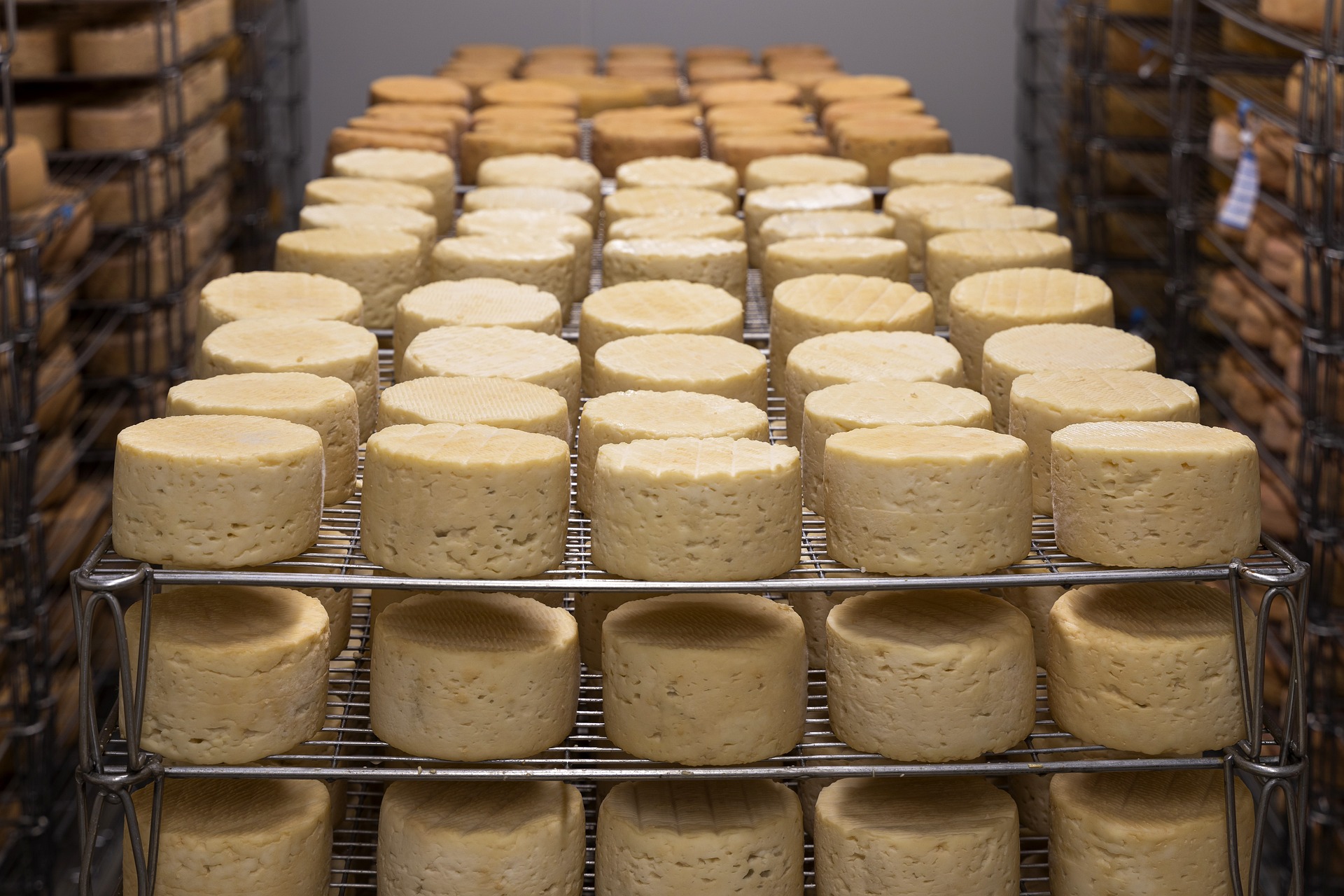Revitalizing Manufacturing: A Look at Cobots in Industry
The industrial landscape is continuously evolving, and cobotics - the collaboration of humans and robots - is a trend that's reshaping the way businesses operate. The rise of cobots in various industries is a topic worth delving into. Read below to uncover the potential and implications of this transformative technology.

Understanding Cobotics
Cobotics, or collaborative robotics, is a new industry buzzword that refers to the synergistic work between humans and robots. Cobots are designed to interact with humans in a shared workspace, offering assistance in a variety of tasks, from delicate, precision-required operations to heavy, high-risk tasks. Unlike traditional industrial robots, which are usually isolated from human workers, cobots are designed to work in tandem with human operators, enhancing productivity and safety.
The Cobot Market Explosion
The cobot market is experiencing substantial growth. According to a report by Interact Analysis, the cobot market is projected to reach a valuation of $9.3 billion by 2025. This massive expansion is driven by the increasing demand for automation in various industries, including automotive, healthcare, and electronics manufacturing. Businesses are recognizing the benefits of cobots, such as their versatility, cost-effectiveness, and ability to improve efficiency and productivity.
Cobots and Worker Safety
One of the primary benefits of cobots is their potential to enhance worker safety. Cobots can handle tasks that are dangerous for humans, reducing the risk of workplace accidents. Additionally, cobots are designed with safety features like force limitation to prevent accidents during human-robot interaction. This focus on safety is transforming the way businesses approach risk management and employee welfare.
Cobots in Small and Medium Enterprises
Cobots are not only for large-scale industries. They are becoming increasingly accessible to small and medium-sized enterprises (SMEs), thanks to their affordability and ease of integration. Cobots can perform various tasks, from pick-and-place operations to complex assembly tasks, enabling SMEs to automate processes without a hefty investment.
The Future of Cobotics
The cobot industry is poised for further growth, driven by continuous technological advancements and the increasing recognition of their benefits. As AI and machine learning technologies mature, cobots are expected to become even more autonomous and capable of performing complex tasks. However, for this potential to be fully realized, businesses need to overcome challenges such as the lack of skilled workers to operate and maintain cobots.
Useful Tips and Facts: - Cobots are designed to work safely alongside humans without the need for safety fences. - The cobot market is projected to reach a valuation of $9.3 billion by 2025. - Cobots can handle tasks that are dangerous for humans, enhancing worker safety. - Cobots are becoming increasingly accessible to SMEs due to their affordability and versatility.
Conclusion:
Cobots signify a transformative shift in the industrial sector, offering a symbiotic blend of human intuition and robotic precision. As businesses across various sectors continue to embrace cobotics, it is clear that this technology is not just a passing trend but a significant step towards a more productive and safer industrial future.




